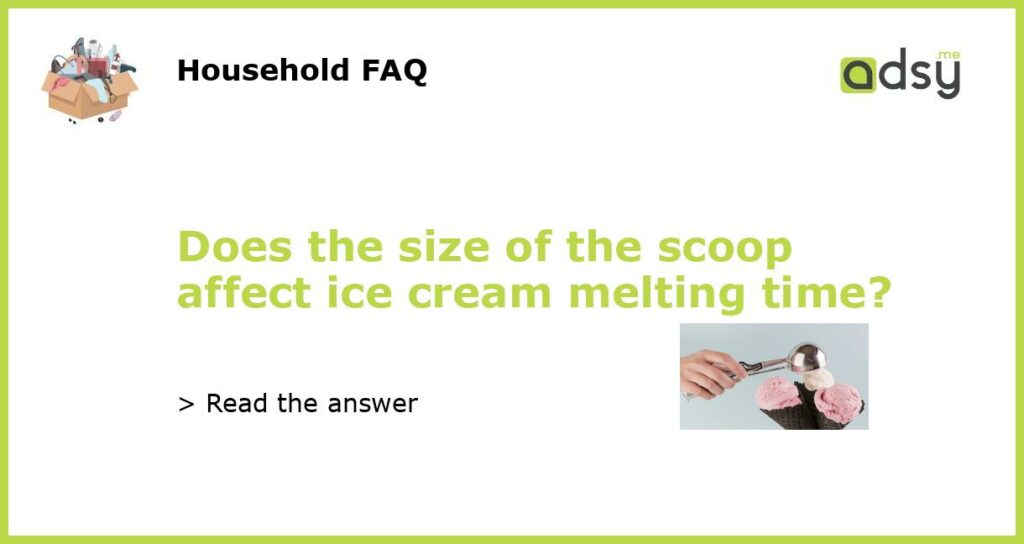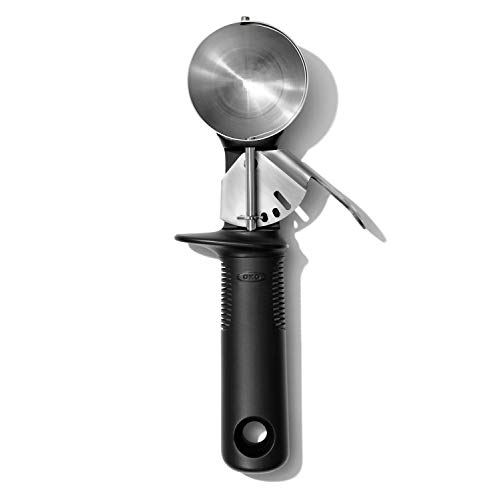How Does the Size of the Scoop Affect Ice Cream Melting Time?
Ice cream is a sweet and creamy dessert that is popular among people of all ages. Whether on a cone or in a bowl, people enjoy indulging in its delicious taste. However, have you ever wondered if the size of the scoop affects ice cream melting time? In this article, we will explore how the size of the scoop affects ice cream melting time and the factors that influence it.
Factors that Affect Ice Cream Melting Time
Several factors contribute to how fast ice cream melts. The temperature of the ice cream, temperature of the environment, and the ingredients used in the recipe are all factors. For instance, ice cream made with heavy cream and sugar melts faster than those made with a stabilizer and emulsifier, as the latter ingredients tend to lengthen the freezing process of the ice cream. Similarly, the temperature of the environment has a direct impact on how quickly ice cream melts. In a warm environment, ice cream melts much faster than a cool environment.
Effect of Scoop Size on Ice Cream Melting Time
The size of the scoop affects the surface area of the ice cream exposed to the environment. The larger the scoop, the more surface area exposed to the environment, which results in a faster melting time. A smaller scoop reduces the surface area expos to the environment, thus slowing down the melting time. For example, scooping a portion of ice cream with a tablespoon takes longer to melt compared to a scoop of the same portion with a large scoop.
The Importance of Scoop Size in Ice Cream Shops
Ice cream shops often take into consideration the size of the scoop used. In a busy ice cream shop, using a smaller scoop helps to prevent ice cream from melting too quickly. This means that more ice cream can be scooped at a time before being served or added to cones. Therefore, the size of the scoop used can affect the workflow and efficiency of an ice cream shop.
Serving Size and Melting Time
Serving size also plays a role in how quickly ice cream melts. A smaller serving of ice cream will take longer to melt than a larger serving. This is because a smaller serving has less surface area exposed to the environment than a larger serving, which in turn leads to a slower melting process. It is important to consider this factor when serving ice cream in order to control the amount of wasted ice cream due to melting as well as to offer customers an enjoyable experience.






